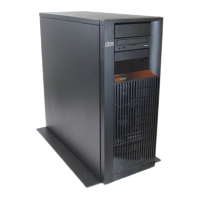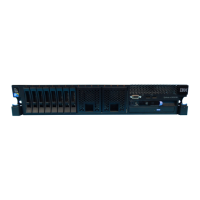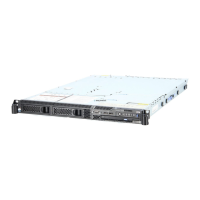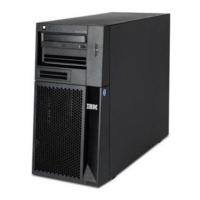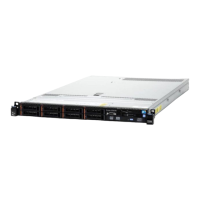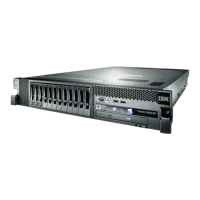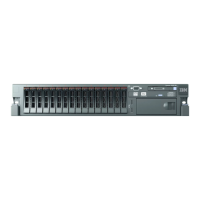Start Disk Service Here
Before exchanging a disk unit, you must attempt to save customer data.
This procedure directs you to the correct recovery procedure to use when
attempting to save customer data.
1. Is the disk unit a type 673x?
No Yes
↓ Type 673x is a read cache which does NOT contain data that needs to
be saved. Exchange the read cache using the disk unit procedure in
“Chapter 4. Removal and Installation Procedures” on page 617.
Note: If you can get to a Dedicated Service Tools (DST) or System
Service Tools (SST) screen use the concurrent maintenance
procedure.
This ends the procedure.
2. Do you know if your system has storage protection for the failing disk unit?
Yes No
↓ Perform “Determining Storage Protection Status”. Then return here and
continue with the next step of this procedure.
3. Does your system have mirrored protection for the failing disk unit?
No Yes
↓ Go to “Exchanging a Disk Unit with Mirrored Protection” on page 897.
This ends the procedure.
4. Does your system have device parity protection for the failing disk unit?
No Yes
↓ Go to “Exchanging a Disk Unit with Device Parity Protection” on
page 896.
This ends the procedure.
5. You are exchanging the disk unit.
To save the data by copying to tape:
v Go to “Disk Unit Data Save and Initialize” on page 903.
To save the data by copying to another disk:
v Go to “Disk Unit Initialize and Disk to Disk Copy” on page 912.
This ends the procedure.
Determining Storage Protection Status
The customer should know if the system has storage protection configured on it.
The customer should know if the system is configured for storage protection and
should have kept a printout of the storage protection configuration. Ask the
customer for this information. If the customer does not know if the system has
storage protection configured on it, and the system does not IPL to dedicated
service tool (DST), then contact your next level of support. Otherwise, perform the
following procedure.
1. Select the Work with disk units option on the System Service Tools (SST) display.
If you cannot get to SST, select DST (see “Accessing Dedicated Service Tools” in
the iSeries Service Functions ).
Data Recovery and General System Information
894
iSeries Model 830, 840, SB2, and SB3 Problem Analysis, Repair and Parts V5R1
